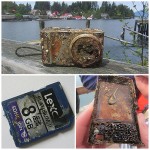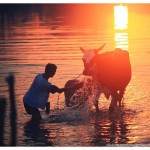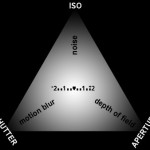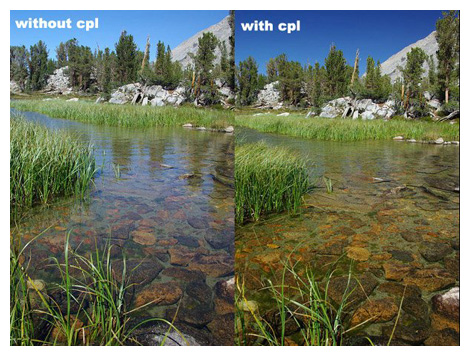
In photography and videography, a filter is a camera accessory consisting of an optical filter that can be inserted in the optical path. The filter can be a square or oblong shape mounted in a holder accessory, or, more commonly, a glass or plastic disk with a metal or plastic ring frame, which can be screwed in front of the lens or clipped onto the lens.Circular polarizers are specifically designed for use with auto-focus SLR cameras, but they will also work on manual systems without problems. Linear polarizers are used with most video and manual focus photo cameras. They are not recommended for auto-focus SLR cameras.
Polarizers filter accomplish three main objectives for photographers. First, a polarizing filter cuts out the glare in a scene. Mid-day glare on plant leaves can be removed by simply using a polarizing filter. The glare on water can also be removed by using a polarizer. Heck, it can even be useful for cutting the glare off a bald man’s head.
The second main purpose of a polarizer is to saturate colors. This is especially handy when shooting landscapes which are drowned out with harsh lighting. While this type of shooting situation will often result in desaturated colors, a polarizer can remedy this.
The last thing a polarizer can do is improve the skies in your photography. Polarizers can deepen the blue sky and brighten the white clouds to create stunning and dramatic skies even in bright sunny conditions. This is the main reason photographers use polarizers.
The problem with polarizing filters is that they block about 1.5 stops of light from reaching the camera. To compensate for the reduced light, your DSLR will compensate with a slower shutter speed–hence the blurry pictures. It also prevents many slow lenses from focusing in dim situations. So the first lesson to learn in using a polarizer is that it should be taken off until it is needed, and never left on the lens for convenience.
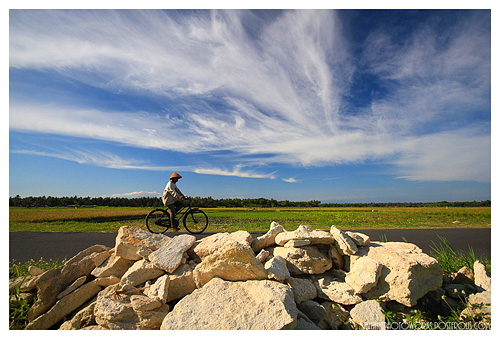
On SLR cameras, the usual polarizing filter has to be screwed onto the lens. Of course, you need to pay attention to the diameter of the ring. It is generally mentioned on the lens itself.
The wider the lens, the more expensive the polarizer. I never purchased one for my 82mm wide Sigma 20 because of its price.
Cokin and Singh Ray both proposer filters that fit the Cokin filter mounts.
For wide angle lenses (24mm or less), you will probably need to pay attention to the filter you will purchase or you might get vignetting (darker corners on your pictures). On slower lenses, such as my 17-40L, this is not much of a problem, but I was told it would be different with the faster 16-35L.
The solutions are the more expensive slim filters or the more affordable wide angle polarizers, the latter being what I use on my 17-40L. Both generally do not have an outer ring, so you will generally not be able to use another screw-in filter on top of them or even use your regular lens cap.
A circular polarizer filter (CPL) is generally required if you want to use the “auto-focus” feature in your camera. If you are manually focusing your camera, you may be able to save some money by using a less expensive linear polarizer

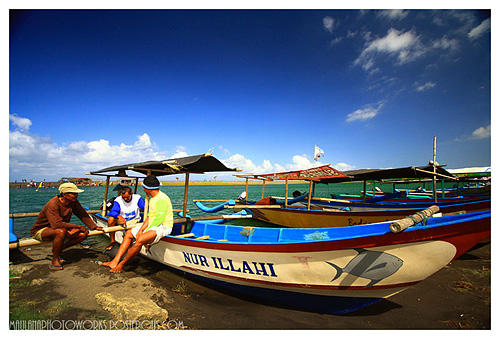
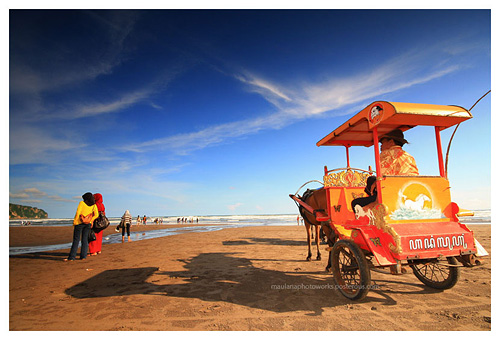
Watch video bellow for more example about effect of using CPL filter on DSLR:
Recommended Product:
